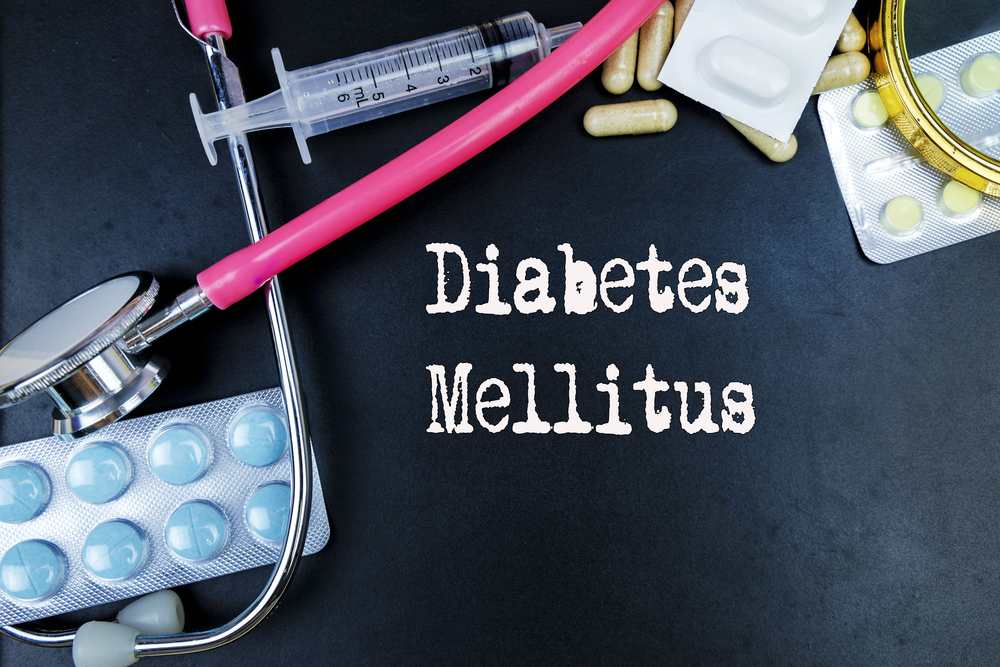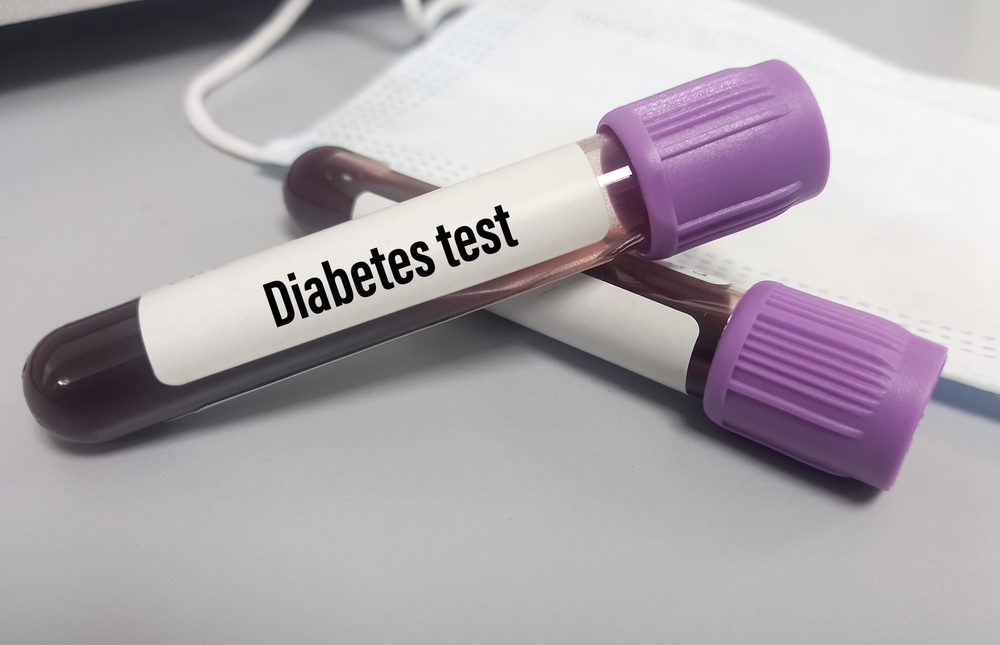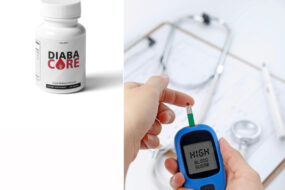
The consequences of overt diabetes in pregnancy include poorer neonatal outcomes and a greater risk of post-partum diabetes, according to new research. Researchers analyzed prospectively collected data on all patients with gestational diabetes mellitus from 1993 to 2010. They defined overt diabetes as an HbA1c level of 8 mmol/mol (6.5%) or more and a random or 75-g oral glucose tolerance test result of 11.1 mmo/L or greater.
Table of Contents
Preexisting diabetes mellitus (T2DM)

Women with preexisting diabetes may experience increased risks during pregnancy. Diabetes is associated with an increased risk of miscarriage, preterm delivery, preeclampsia, perinatal mortality, and congenital malformations. However, preexisting diabetes is generally manageable. The optimal approach to diagnosis and screening is currently controversial and UK NICE guidance is awaited. The risks of having diabetes during pregnancy can be mitigated through education and self-management.
Women with PDM follow a specific course of care. They receive nutritional therapy, undergo self-monitoring of their blood glucose levels, and receive antenatal fetal surveillance. Insulin therapy is adjusted according to gestational age. The gestational age is calculated from the last menstrual period and an early ultrasound scan. The pregnancy outcome is calculated based on gestational age at delivery.
People with diabetes are more likely to need a c-section during pregnancy. Before deciding to undergo a c-section, women should discuss their condition with their doctor. Although they should wait until 39 weeks to conceive, a woman with diabetes should ask about the timing. If the pregnancy is complicated by diabetes, the provider will monitor the glucose levels during labor. If necessary, they can administer insulin to the pregnant woman during labor.
Women with preexisting diabetes also face a significantly increased risk of birth defects, including heart defects and brain defects. However, it is possible to improve these risks by planning the pregnancy and managing diabetes before conception. The most important thing to do is to get your diabetes under control before pregnancy. This will ensure a healthy pregnancy for you and your baby. There are many ways to prepare for pregnancy with diabetes, but the most important is to get it under control.
Detection of overt diabetes

Detection of overt diabetes during pregnancy is essential for the optimal outcome of the pregnancy. The development of the fetus is impacted by maternal hyperglycemia and the occurrence of overt diabetes mellitus during pregnancy increases the risk of adverse perinatal outcomes. By 16 weeks of gestation, the beta-cell mass of the pancreas increases, resulting in increased secretion of insulin.
The ADA recently issued recommendations to screen pregnant women for diabetes. The IADPSG has endorsed these recommendations and focus on the detection of overt diabetes. The recommendation suggests universal early screening for women with high risk for diabetes. A 75-g OGTT should be performed in all women at their first prenatal visit. Women with a glucose challenge test result of 7.8 mmol/L or higher should proceed to diagnostic OGTT.
Detection of overt diabetes is essential for improving the treatment and quality of life of individuals with the disease. More than half of people with diabetes do not know they have it, and Type 2 diabetes may go undiagnosed for years, sometimes up to 12 years. Furthermore, 25 percent of individuals with T2DM have evidence of microvascular complications when they are diagnosed. This puts individuals with undiagnosed Type 2 diabetes at a greater risk for severe complications than the non-diabetic population. Because of the complexity of diabetes management, screening for diabetes is a necessity for preventing its adverse effects and ensuring the well-being of individuals and society.
In clinical research and screening programs, glucose concentration is measured in plasma and serum. These blood samples can be collected from the same patient as in the first test. However, it is important to ensure the type of blood sample for repeating the test. Although glucose levels are similar in the two samples, there is greater variability in the morning sample than in the afternoon. If the test is conducted on the same day, it will be possible to miss some cases of diabetes.
Management of overt diabetes

There are many different treatments for diabetes, including the use of insulin injections and diet. In type 1, insulin is injected daily into the body, as the pancreas no longer produces enough of the hormone. In type 2, a patient receives insulin injections and may have to change their diet or exercise more to control blood sugar levels. Both types of diabetes can be treated with insulin or a combination of both. The treatment for either type of diabetes depends on the severity of the condition and the symptoms.
During pregnancy, women with overt diabetes are at an increased risk of adverse outcomes for the baby. Therefore, aggressive diabetes management is necessary during the gestation period. Diabetic women with overt diabetes should undergo close follow-up throughout the pregnancy to monitor their progress. If pre-conception glucose tests are not performed, the distinction between pre-existing diabetes and overt diabetes can be blurred. Future recommendations should address this issue.
During the treatment of overt diabetes, a person may choose to drink herbal teas to improve their health and the way they see themselves. Drinking these herbal teas can also help practitioners work faster. However, herbal teas are not a replacement for proper diet and exercise. While herbal teas can be a useful tool, they do not offer a cure for overt diabetes. Nonetheless, they can help the person suffering from the condition to manage it better.
Pregnancy outcomes for women with overt diabetes

Babies of diabetic mothers generally fare poorly at every stage of pregnancy, from conception to delivery. In fact, they have a higher risk for a wide range of complications, including low birth weight, intrauterine growth restriction, respiratory distress syndrome, and hypoglycemia. For these reasons, early delivery is a top priority. But, it may not be possible for women with diabetes to deliver their babies prematurely.
Although the incidence of pregnancy complications among women with diabetes remains relatively low, it is important to manage the condition aggressively. Pregnancy outcomes for women with diabetes are adversely impacted by low blood sugar levels, which make close monitoring of the patient and the baby necessary to ensure the health of both the mother and the unborn child. Therefore, women with diabetes need to be closely monitored throughout the gestation period. Although there are no direct links between diabetes and pregnancy outcome, studies suggest that they have a higher risk of pregnancy complications when pregnant.
Overt diabetes in pregnancy is a distinct hyperglycemic condition that falls on the severe end of the HIP spectrum. These women require aggressive management, prompt initiation of insulin therapy, and close monitoring during pregnancy. The distinction between overt diabetes and pre-existing diabetes may become blurred when glucose levels are not tested prior to conception. Future recommendations should take this into account. While it is important to manage women with diabetes during pregnancy, women with overt diabetes have an increased risk of adverse outcomes.
Diagnosis of overt diabetes should be based on clinical assessment. If the patient has pre-existing diabetes, lifestyle advice may be of benefit. In addition, a woman with obesity will still experience adverse pregnancy outcomes even if her BGLs are not elevated. Further, a woman's current lifestyle may influence management. The type of diabetes, co-existing with obesity, and the local resources may all play a role in determining the management of women with overt diabetes.
During the course of pregnancy, gestational diabetes is treated. In addition to the complications it causes for both the mother and baby, overt diabetes in pregnancy is associated with a higher risk of heart disease and high blood pressure in the mother. Despite this, gestational diabetes typically disappears after childbirth. Those who survive gestational diabetes are at increased risk for developing other types of diabetes later in life, such as Type 2 diabetes, or cardiovascular disease.










